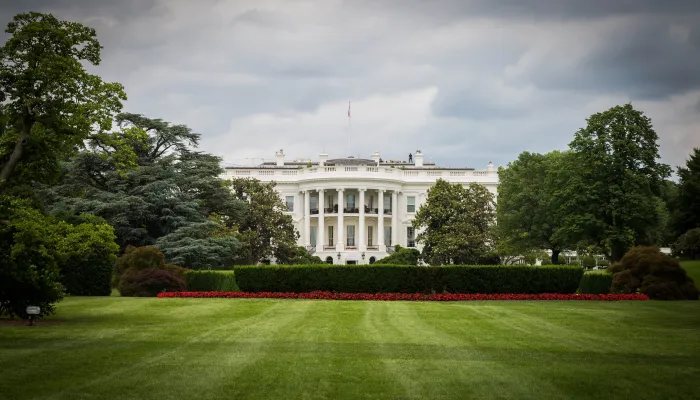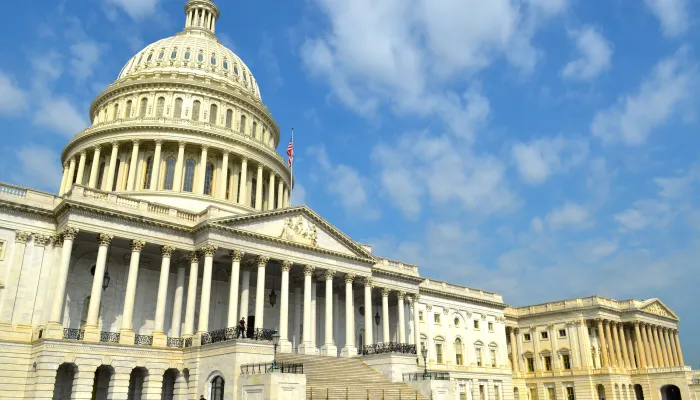Budget Resolutions Should Set Up Deficit Reducing Reconciliation
The Senate Budget Committee has scheduled a markup for tomorrow of their recently released proposed budget resolution for Fiscal Year (FY) 2025, covering FY 2025 through 2034. The budget’s reconciliation instructions to committees allow for up to $517 billion in borrowing, with up to $521 billion in deficit increases allowed for defense and border security measures and at least $4 billion in deficit reduction required. However, the intention is to increase spending by $342 billion after accounting for overlapping jurisdiction of committees charged with increases to border spending, and the accompanying press release stated, “the bill’s projected increased annual spending of $85.5 billion will be paid for by a projected $85.5 billion in reduced annual spending,” indicating the committee anticipates the spending would be fully paid for over the four-year period in which it would be spent.
Outside of reconciliation, the budget also includes a net $7.8 trillion of deficit reduction over the next decade that would result in the debt stabilizing at its current level of 99 percent of Gross Domestic Product (GDP) by 2034 compared to 117 percent under current law. The deficit reduction would come from $11.5 trillion of unspecified spending cuts reduced by $3.7 trillion of tax cut extensions.
The following is a statement from Maya MacGuineas, president of the Committee for a Responsible Federal Budget:
Given our terrible fiscal situation, it should be obvious that reconciliation should reduce our borrowing, not increase it. While we appreciate that Chairman Graham has signaled the intent to fully pay for all new spending included in the forthcoming reconciliation bill, this commitment should be reflected fully in the contents of the budget resolution. (And as a reminder, with near record levels of debt, even fully paying for something is inferior to also including additional savings for deficit reduction.)
First, reconciliation instructions should at the very least not allow any new borrowing rather than hoping that politicians will find more offsets than required, an extremely rare occurrence in budgeting.
Second, the budget should not exempt reconciliation legislation from budget rules for fiscal responsibility, such as PAYGO requirements, and should require deficit-neutrality separately.
Talk is cheap, $342 billion in new borrowing is not.
Though this does not appear to be a serious budget for anything other than reconciliation, we are encouraged that the Senate budget resolution aims to reduce the deficit to 3 percent of GDP and stabilize the debt over the next decade. This is an appropriate fiscal metric, balancing the budget is too aggressive to be realistic, and anything less than 3 percent of GDP deficits will only be a down payment on what is needed.
Still, undermining the credibility of the budget is the fact that essentially all of its savings are unspecified, and that it assumes deficits will drop from $1.9 trillion to $904 billion – a nearly $1 trillion decrease – this year before steadily rising over the next decade and topping $1.7 trillion by 2034. That kind of dramatic drop in the deficit, especially in a single year, is extremely unlikely to happen.
Lawmakers should commit to responsible fiscal goals within their budgets, not just their press releases.
###
For more information, please contact Matt Klucher, Assistant Director of Media Relations, at klucher@crfb.org.


